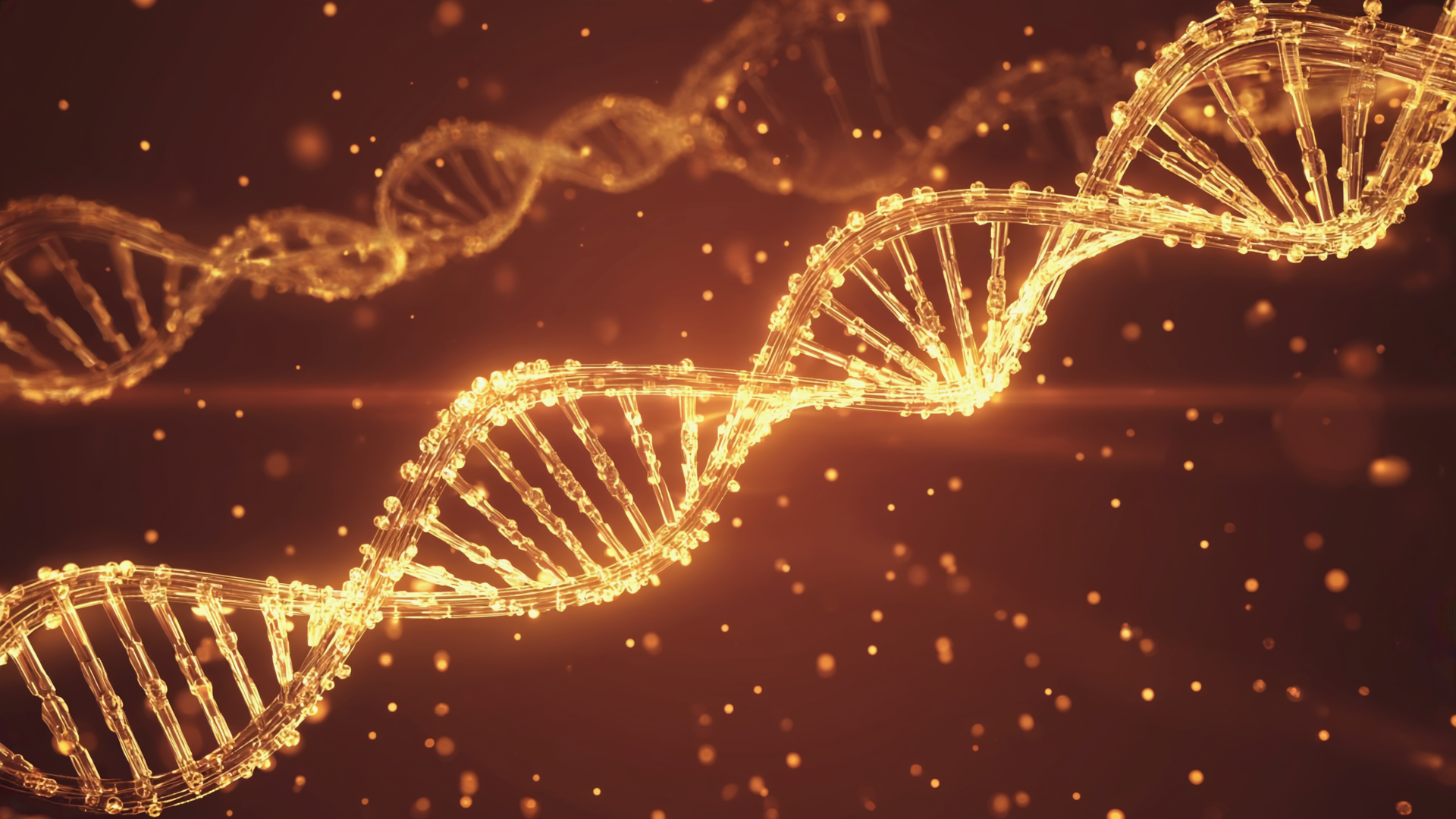In the infinitesimal, yet astoundingly complex, realm of the nano-world, where the fundamental building blocks of life—DNA, RNA, and proteins—dance to intricate choreographies, a new form of artistry is emerging, one of breathtaking precision and almost unimaginable potential. At the California Institute of Technology (Caltech), an institution celebrated for its fearless forays into the frontiers of science and engineering, the “BioNano Sculpt” initiative is empowering researchers to become molecular origami masters. They are not merely observing these biological molecules; they are meticulously designing, folding, and coaxing them into self-assembling into exquisite, purpose-driven nanomachines, capable of performing tasks from delivering drugs with pinpoint accuracy to constructing novel materials atom by atom. This is where the elegance of nature’s design principles meets the pinnacle of human ingenuity, crafting a future where microscopic machines execute grand designs.
For decades, the dream of building machines at the molecular scale has captivated scientists. Caltech, with its unparalleled strengths in chemistry, bioengineering, physics, and computation, is transforming this dream into a tangible, and often stunningly beautiful, reality. The BioNano Sculpt initiative is predicated on a profound understanding: nature itself is the ultimate nanotechnologist. The intricate folds of a protein determine its function; the precise sequence of DNA encodes the blueprint of life. Caltech scientists are learning to speak this molecular language, not just to read it, but to write entirely new verses, to design novel molecular structures that self-assemble with the predictability and precision of a perfectly executed origami fold.
At the forefront of this is DNA origami, a technique pioneered and refined by Caltech luminaries. Long strands of viral DNA are used as “scaffolds,” and shorter “staple” strands are designed to bind to specific points along the scaffold, guiding it to fold into almost any conceivable two- or three-dimensional shape—nanoscale boxes, gears, intricate lattices, even microscopic smiley faces or maps of the world. This isn’t just a scientific curiosity; it’s a revolutionary platform for building at the nanoscale. Imagine these DNA-based structures acting as sophisticated delivery vehicles for pharmaceuticals, designed to open and release their therapeutic cargo only when they encounter specific disease markers within a cell, minimizing side effects and maximizing efficacy. This is medicine with the precision of a molecular surgeon.
But the ambition of BioNano Sculpt extends beyond DNA. Caltech researchers are also designing synthetic proteins that can self-assemble into novel functional architectures, creating biocatalysts for green chemistry, or components for ultrasensitive biosensors. They are exploring how to integrate these different molecular building blocks—DNA, RNA, proteins, and even inorganic nanoparticles—into hybrid nanomachines with complex, multi-step functionalities. Picture microscopic “assembly lines” where molecules are passed from one engineered protein to another, undergoing a series of precise chemical modifications, all orchestrated within a DNA-nanostructure framework.
The “origami master” metaphor perfectly captures the elegance and intellectual artistry involved. It requires an exquisite understanding of molecular forces, of thermodynamics, of computational design, and an almost intuitive feel for how these incredibly tiny components will behave and interact. Caltech fosters an environment where such deep, interdisciplinary thinking thrives. Its small, intensely collaborative research groups allow chemists to work side-by-side with physicists, bioengineers with computer scientists, all focused on pushing the boundaries of what is possible at this fundamental scale. The process often involves a sophisticated dance between computational modeling—designing and simulating these molecular structures in silico—and meticulous experimental validation in the lab.
The potential applications are as vast as they are transformative. In materials science, these self-assembling molecular systems could be used to create “meta-materials” with unprecedented optical, electronic, or mechanical properties, perhaps leading to super-strong yet lightweight composites, or surfaces that can actively control light and sound. In computing, DNA-based data storage offers the potential for information density far beyond current technologies, and molecular components could form the basis for entirely new paradigms of computation. In environmental remediation, nanomachines could be designed to seek out and neutralize specific pollutants with unparalleled efficiency.
What makes Caltech’s approach particularly “Vogue” in its sensibility is not just the profound power of these creations, but their inherent, almost accidental, beauty. The structures that emerge from these molecular folding processes often possess an intricate, symmetrical elegance, a testament to the underlying order of the universe that they harness. There’s a deep aesthetic satisfaction in witnessing such complex, functional beauty emerge from the seemingly simple rules of molecular interaction, guided by human design.
Of course, venturing into the realm of self-assembling nanomachines also brings with it profound ethical considerations regarding safety, control, and societal impact. Caltech is at the forefront of these discussions too, ensuring that this powerful technology is developed responsibly, with a clear understanding of its potential and a commitment to its beneficial application for humanity.
The BioNano Sculpt initiative at Caltech is more than just advanced nanotechnology; it is a testament to the human capacity to understand and artfully manipulate the very fabric of life. It’s where the precision of engineering meets the inherent elegance of biological design, where scientists become sculptors at the atomic scale. As these molecular origami masters continue to refine their craft, they are not just building microscopic machines; they are folding the future, one exquisitely designed molecule at a time, promising a world where the grandest solutions emerge from the most infinitesimal, beautifully orchestrated, beginnings.


